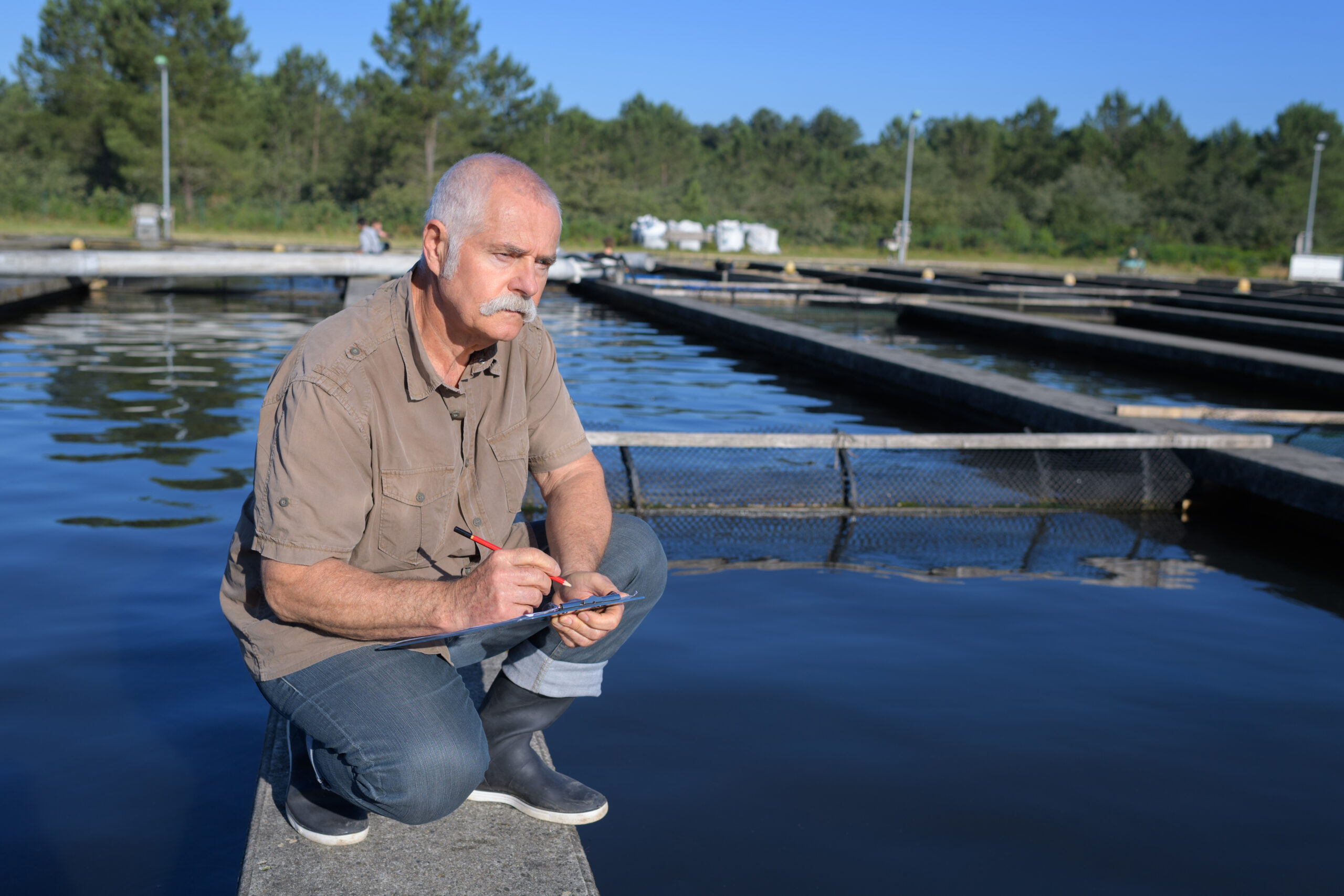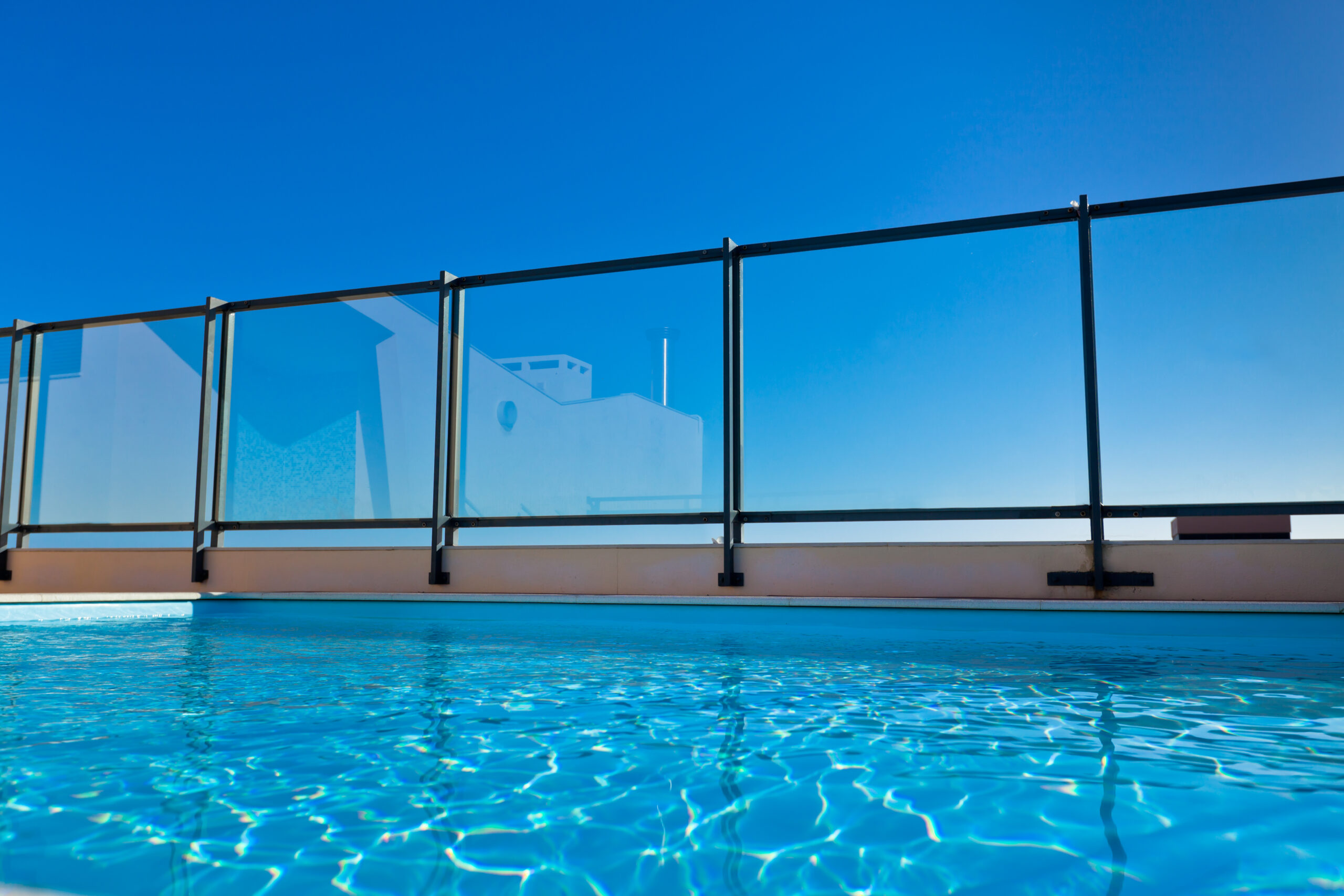Living by the coast, you’ve got a unique set of challenges when it comes to pool maintenance. Saltwater, wind, and coastal weather can be tough on your pool’s health. Don’t worry! We’re here to guide you through the essentials.
In this article, we’ll equip you with practical tips and effective solutions to keep your pool sparkling clean and in top condition, despite those tricky coastal conditions.
Let’s dive in!
Understanding the Impact of Saltwater on Your Pool
It’s crucial to understand how saltwater can impact your pool’s maintenance when living in a coastal environment. Saltwater chemistry isn’t something you should take lightly. It has unique characteristics that require particular attention, especially concerning corrosion prevention.
You see, saltwater pools are subject to a process called electrolysis – a phenomenon that leads to corrosion of metallic components in your pool like ladders or light fixtures. This is because the salt attracts and holds onto water molecules, which then promotes rust formation.
To combat this, regular inspection of these metal parts is essential. If you notice any signs of corrosion starting to form, it’s best to address them immediately before they become bigger issues.

Furthermore, the pH levels in your pool need constant monitoring due to the alkaline nature of sea air and its effect on saltwater chemistry. A high pH level could lead to scaling on your pool surfaces and equipment, which may result in costly repairs down the line.
Essential Pool Maintenance Equipment for Coastal Areas
You’ll need specific equipment to care for your swimming area in seaside regions. The coastal environment presents unique challenges, from saltwater corrosion to wind-swept debris. A robust pool skimmer is essential for removing surface-level contaminants, while a sturdy brush can tackle stubborn algae and other growths that thrive in these conditions.
Now, let’s talk about Coastal Pool Landscaping. Salt-resistant plants like sea grasses or succulents will not only survive but enhance the beach vibe. Incorporating natural stone into your landscaping design can provide a functional barrier against wind-blown sand and add aesthetic value.
Beach Themed Pool Decor goes beyond aesthetics; it’s part of maintenance too. Consider weather-resistant decorations like outdoor lanterns or nautical-themed ornaments that won’t rust or deteriorate quickly due to the salty air.
Finally, invest in a high-quality pool cover. In coastal areas, this isn’t just about keeping leaves out of your pool – it’s also about protecting against seagulls and other wildlife attracted by the water.
Steps to Protect Your Pool From Coastal Weather Conditions
Protecting your swimming area from seaside weather conditions involves several steps and shouldn’t be overlooked. You must understand the unique challenges presented by coastal climates to maintain an optimal pool environment.
Two key aspects in this regard are wind impact mitigation and the use of coastal vegetation barriers.
Wind at the coast can increase evaporation, lower water temperature, and introduce debris into your pool. To prevent wind-related issues, create a windbreak around your pool using fencing or other structures. However, ensure that these structures don’t block desired sunlight.
Coastal vegetation barriers serve dual purposes: they act as natural windbreaks and add aesthetic appeal to your pool area. Choose native plants that withstand salt air and high winds. They’ll not only protect against weather impacts but also enhance biodiversity.
Incorporating such strategies into your pool maintenance routine will help shield it from harsh coastal conditions while elevating its overall appearance and ecological value. Remember to routinely inspect these measures for their efficiency so you’re always prepared for any weather scenario.
Mastering these tactics will require time and commitment, but the dividends in maintaining a sparkling clean, enjoyable swimming area year-round make it a worthwhile endeavor indeed!
Key Tips for Regular Pool Cleaning in a Coastal Environment
In a seaside setting, regular cleaning of your swimming area is crucial. There are several tips you should keep in mind to ensure it remains sparkling clean. Coastal conditions can heighten the need for particular maintenance steps.
1. Algae Prevention: Algae spores can easily be swept into your pool by ocean breezes. Regularly using an algaecide is essential to prevent growth, but that’s only half the battle. You also need to scrub the walls and floor with a stiff brush weekly. This will dislodge any algae trying to take hold.
2. Maintaining Chlorine Levels: Your chlorine levels are key in keeping your pool healthy and algae-free. In coastal environments, salt air can diminish chlorine’s effectiveness over time. Regular testing and adjustment will help maintain optimal levels.
3. Routine Skimming and Vacuuming: Debris from nearby beaches or plants may end up in your pool more frequently due to sea breeze action. Daily skimming off surface debris before it sinks prevents potential staining or water imbalance issues.
Effective Solutions for Common Pool Problems in Coastal Areas
Dealing with common issues in your seaside swimming area can be tricky, but there’re effective solutions to help you tackle them.
The unique coastal conditions can create distinct challenges such as algae growth and wind impacts.
Algae prevention is paramount in maintaining a healthy pool environment. Regular skimming and scrubbing will deter the pesky green intruder, but you’ll also need to monitor the chemical balance of your pool closely. An imbalance can create an inviting habitat for algae to thrive.
To combat wind impacts, consider installing windbreaks like fences or hedges around your pool. They won’t just protect against debris blown into the water, they’ll also reduce evaporation and heat loss caused by breezes.

But don’t forget about salt! In coastal areas, it’s important to regularly check and adjust salinity levels in order to prevent equipment corrosion and ensure comfortable swimming conditions.
Lastly, invest in a solid cover for your pool when not in use. It’s one of the most effective ways to combat both algae blooms due to sunlight exposure and unwanted debris from wind gusts.
Frequently Asked Questions
What Are Some Cost-Effective Ways to Maintain a Pool in a Coastal Environment?
You can save money by investing in salt corrosion prevention methods and wind impact mitigation strategies. Regularly clean and cover your pool, while also utilizing anti-corrosion products to protect the pool’s structure and equipment.
How Does the Coastal Environment Affect the Ph Level of My Pool?
Saltwater impacts your pool’s pH level, making it more alkaline. You’ll need regular PH balancing to combat this. The salty air and water can increase the pH, requiring frequent checks and adjustments for optimal maintenance.
What Are Some Eco-Friendly Methods for Maintaining a Pool in a Coastal Area?
You can opt for solar sanitization systems, utilizing natural sunlight to purify your pool. Also, use biodegradable cleaners; they’re safe for marine life and help you maintain the pool’s pH balance efficiently.
How Can I Prevent Sand and Debris From the Beach Getting Into My Pool?
To prevent beach sand and debris from entering your pool, you’ll want to use pool covers. They’re effective barriers against wind-driven particles. Consider also installing wind barriers for added protection.
Can I Use Sea Water to Fill My Pool and What Are the Implications of Doing So?
Yes, you can fill your pool with sea water, but be aware of saltwater corrosion. You’ll need to install a chlorine generator for algae prevention and regularly check the pool’s pH and salinity levels.
